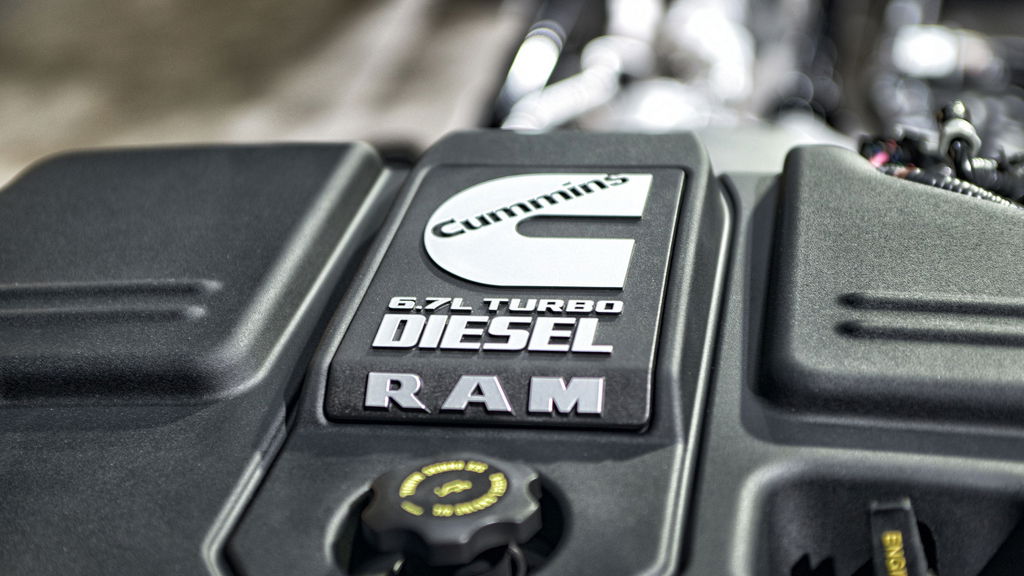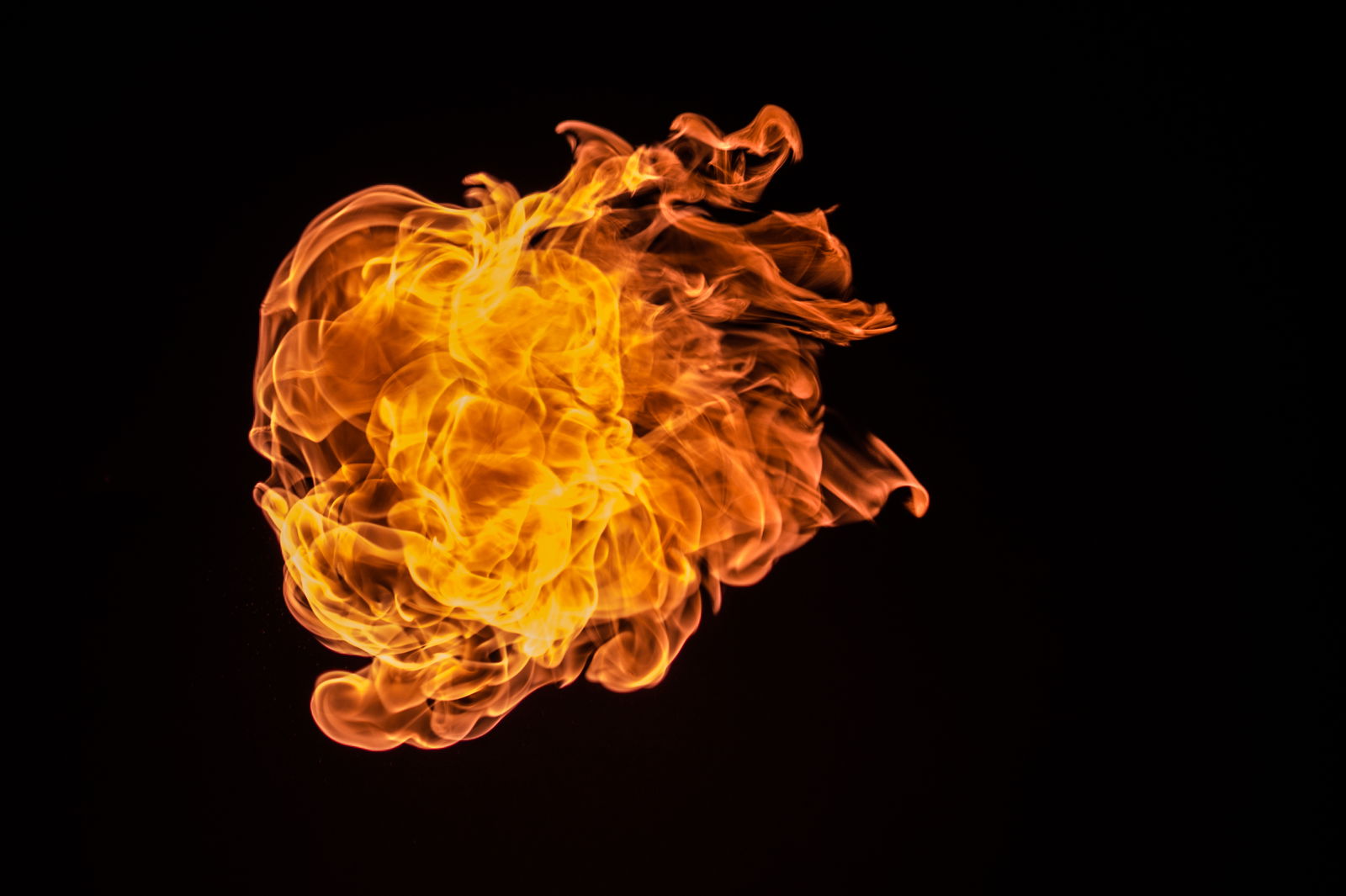Engineering Explained: Gasoline Vs Diesel Engines

Gasoline and diesel engines operate on essentially the same four stroke cycle: intake, compression, power, exhaust. Where they differ, however, is how this cycle is executed, and how they increase power output. Let’s look at four major differences between gasoline and diesel engines:
- Spark vs Compression
- Throttle vs No Throttle
- Air Fuel Ratios
- Engine Braking
1. Spark vs Compression

Perhaps the biggest difference between gasoline and diesel engines is how they ignite the air and fuel during the power stroke. To understand the difference, we need to understand the self-ignition temperature (SIT), which is the temperature at which an air-fuel mixture will ignite without the use of a spark plug (purely due to heat).
Compressing air raises its pressure and thus raises its temperature. Diesel engines have high compression ratios, thus heating the air significantly, so that when fuel is injected the air is above the SIT, and thus the fuel combusts when it is injected into the cylinder.
Gasoline engines, on the other hand, must keep the temperature in the combustion chamber below SIT, as the spark plug (rather than the fuel injectors) dictates ignition timing. This means gasoline engines will have lower compression ratios than diesel engines. As an example, a 2015 VW Golf TSI (turbo gasoline) has a compression ratio of 9.6:1, while a 2015 VW Golf TDI (turbo diesel) has a compression ratio of 16.2:1.
Managing a gasoline engine for knock can be a bit tricky, because even if at the start of ignition the temperature of the mixture is below SIT, the area furthest from the spark will begin to rise in pressure and heat up (as the flame front moves closer). The spark must ignite all of the fuel mixture before any pockets self-ignite, in order for smooth combustion.
Though no longer true for all modern diesels, typically a big differentiator between gasoline and diesel engines is that diesel engines lack a throttle body. When you press on the accelerator pedal in a diesel, you’re simply telling the fuel injectors to inject more diesel. With more fuel injected, more power is created, and this means more exhaust, more air from the turbo, and the power output continues to rise.
Some diesel engines have implemented throttle controls allowing for a greater level of regulation of the intake manifold pressure, which helps to increase the amount of exhaust gas recirculation. Adding a throttle valve also helps with shutting the engine off, as you can taper the amount of air allowed in for a smoother drop in engine RPM.
Gasoline engines, on the other hand, require a throttle body. As you press on the (inappropriately named) gas pedal, you’re simply opening up the throttle and allowing for more air to flow into the engine. More air means the injectors send in more fuel, and more fuel means more power.
Understanding that diesels create more power by injecting more fuel might be perplexing without understanding that diesels have a larger range of air-fuel ratios for which combustion can occur. Both gasoline and diesel have very similar stoichiometric air-fuel ratios (the ratio at which all oxygen and fuel is used entirely, about 14.5-15:1), but they have very different ranges at which they can operate.
With the hydrocarbons that make up gasoline, combustion is possible within an air-fuel ratio range of about 6:1 to 25:1. Most gasoline engines will keep this ratio within 12:1 to 18:1 (turbos will sometimes dip a bit lower) as this is the range where the most power as well as the most efficient burn can be found.
Diesel engines, on the contrary, operate at much higher ratios, typically operating with air-fuel ratios around 18:1 to 70:1. It sounds strange, but it has to do with how the air and fuel mixes. With a gasoline engine, the air and fuel is generally well mixed before the spark ignites. With (direct injection) diesels, there are pockets of combustible mixtures, and then areas which are too rich or too lean. Combustion occurs wherever pockets exist with acceptable air-fuel ratios.
When you let off the accelerator pedal in a vehicle that is in gear, the engine is now slowing the vehicle down - this is engine braking. The process is fairly simple for gasoline engines, because as you let off the accelerator pedal, the throttle body closes, creating a vacuum between the throttle body and the cylinders. This vacuum (as a result of the intake stroke) is what helps to slow the vehicle down, as well as all of the inefficiencies of the drivetrain (friction).
In a diesel engine, however, since there is no throttle body, engine braking cannot be done by creating a vacuum in the intake. It’s important to realise that nearly all of the energy used to compress air during the compression stroke goes right back into the drivetrain during the power stroke (the air compresses, then decompresses, with little energy lost).
If you can’t brake using the throttle body, and the compression stroke doesn’t slow the vehicle down, how does engine braking in a diesel work? The solution is actually very simple, and very clever. When the cylinder is around top dead centre during the compression stroke, the exhaust valve is opened to allow that pressurised air to escape. Now that energy is not returning to the crank, and thus the force of compression can be used to slow the vehicle down. The reason engine braking with diesel engines is so audible is because you’re hearing that compressed air leaving the exhaust.
Comments
Here in Brazil diesel is allowed only in trucks and bus… :(
I found the engine braking explanation very informative. However, when engine-braking in diesels, does the wear within the cylinders increase due to the lack of diesel? Since diesel has good lubrication properties, as I heard. I understand that the increased engine speed (as compared to coasting in neutral at idle) has a considerable effect on wear and longevity, but disregard that fact for this question.
What about Fuel Economy?
we control exhaust valves during compression and open them to let pressurised gas out and help in engine braking as told by you above but how can we control exhaust valve as they are controlled by the timing belt/chain please explain
Pagination